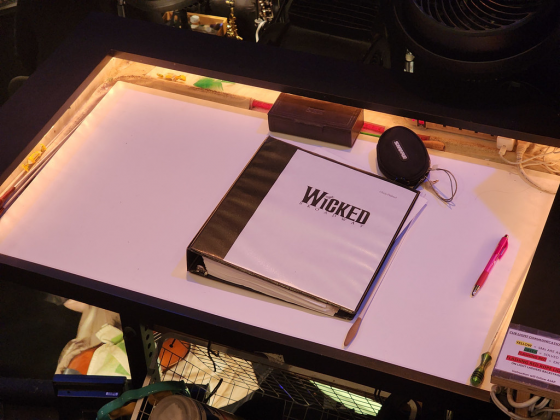When you imagine someone singing musical theatre, you’re probably picturing an actor belting loud enough to be heard in the back rows of the theatre. Belting is a vocal quality most associated with musical theatre, but it also seems to be the most mysterious one. While it does take a lot of practice and good technique to achieve, belting is truly something everyone is capable of doing!

When you break it down, belting is essentially pitched yelling. Although belting may feel elusive, it’s actually one of the most natural ways of using the voice. There’s a reason babies can wail and scream for hours and never lose their voices! When done correctly, belting should never be forceful or leave you with any feelings of pain/discomfort. There are many great resources online to help you on your journey with belting, but as always, working with a trained vocal coach is the quickest way to get advice that is specific to your needs.
So, what is belting?
Anatomically speaking, your vocal folds are in a shortened, thick position, the larynx is held in a higher position, and your AES (AryEpiglottic Sphincter) muscle is narrowed. Your tongue will be in a high forward position with a wide, lateral mouth shape. You’ll also have engagement of head, neck, and even torso muscles to help stabilize the larynx position (That was a lot of science. . .still with me?) This vocal setup is the optimal position to create the proper acoustics for belting – that’s the bright, brassy, bold sound we all know and love. Belting never adds more airflow or extra force. In fact, with this anatomical set up, your vocal folds actually need less breath to sustain the sound than other vocal qualities.
In your lower range, singing is just like pitched speaking. With belting, you’re taking the same idea of pitched speaking and heightening it. It usually occurs higher in your range and feels a lot louder, which is what makes it such an exciting noise. Below is a great video for you to sing along to play around with the idea of pitched speaking and pitched yelling.
Belting Exercises
If you’re looking to try out belting in your singing practice, here are a few warm ups to add into your routine to start playing around with belting sounds. Remember to do a good vocal warm up before jumping into these noises – it’s important to wake up the voice before trying new techniques!
“Hey You Over There”
This is to become more warmed up in pitched yelling. Try saying the phrase “Hey, you over there!” as if you were calling someone across the street. Move up and down your vocal register with this phrase. Remember to not add any air pressure as you continue up in your register!
Kindergarten Teacher
This is an exercise to help get your larynx in a higher position for belting. Try speaking in the way you would talk to a class of kindergarteners! This will be pitched slightly higher than your normal speaking voice. Try speaking through your song lyrics in this voice. Once you’ve gone through your lyrics, try to keep the same voice, but speak on the actual pitches of the songs belting section.
For a very thorough belting vocal warmup, check out the video below!
If you’re practicing belting at home and running into discomfort or sound issues, check in on these aspects.
Too High, Too Soon
It can be tempting to try belting out “World Burn” from Mean Girls or “Santa Fe” from Newsies right away. It’s a good idea to start in a higher area of your range to try out this technique, but don’t jump to the absolute top of your range right away. Once you’ve found a belting position that works for you, then try moving it up higher in your register. Every note will feel different to sing and require some modification of your vocal setup to achieve. It all comes down to practice and experimentation!
Air Pressure
Using too much airflow or air pressure is a pretty common culprit. When belting, don’t worry about making a loud sound. See how quietly you can sing in a belting position. You may be surprised with how little effort it takes to make big sounds!
Constriction
If you’re feeling a squeezing sensation, you’re most likely experiencing constriction. This is usually also coming from too much air pressure. If you feel like you’re suffering from constriction, take a look at the video below to help identify constriction and how to avoid it.
Hopefully this has helped to demystify the art of belting for you! Keep playing around and exploring these bold vocal sounds. It can be really exciting to unlock the power of belting in your voice. Make sure you do a nice vocal cooldown after working on this technique to keep your voice happy and healthy as well.













